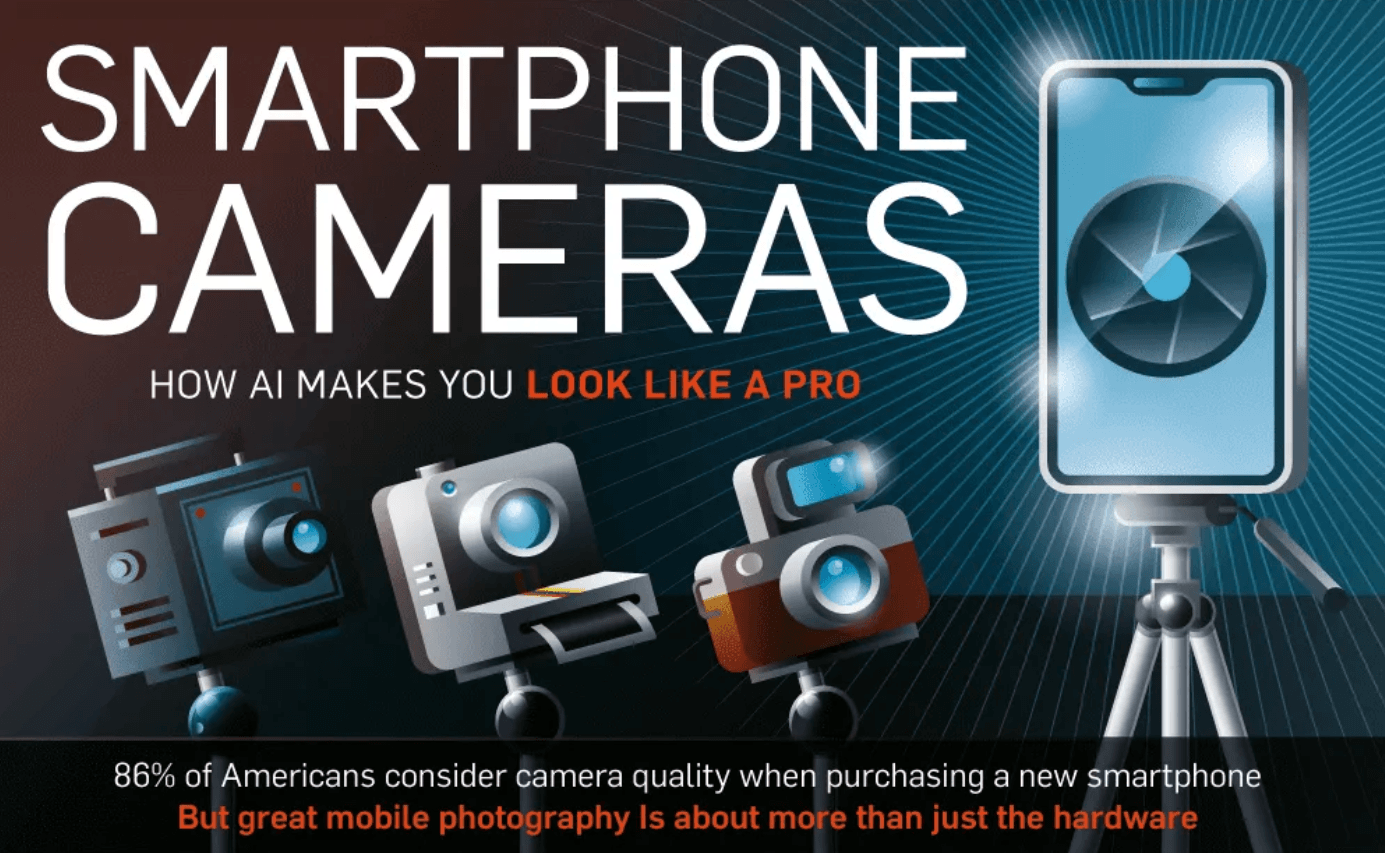86% of Americans take camera quality into account when shopping for a new smartphone. Today, 42% of Americans default to portrait mode when taking a mobile photograph, and 68% of people edit their photos before posting them on social media. Now, most smartphones can capture images in a higher resolution than 35mm film can. With the combination of multiple lenses and apps powered by artificial intelligence, your smartphone can do far more than just one camera.
Q4 2019 hedge fund letters, conferences and more
If you’re looking to shoot professional-quality videos or images with your smartphone, you’ll need a few accessories to draw in the best results. For example, upgrading your lighting, microphone, gimbal, and lens hardware.
A ring light is the key component to a portrait mode or close-up photo. If you’re a beginner, consider starting out with an inexpensive light that clips onto your phone, or even a stand-alone ring light model. Audibly speaking, a microphone upgrade is essential for recording clear video. For the best smartphone video results, choose a microphone that plugs into your phone’s lightning connector or headphone jack.
Moreover, a gimbal can help you stabilize your device self-stick style. Consider purchasing a 3-axis gimbal, which pivots to eliminate shake and allow smooth motion while filming. Lastly, and most importantly, your lens will provide you with ultimate video clarity. Add-on lenses can improve your phone’s existing camera, and attaching an ultra-wide, fish-eye, or macro lens can provide you with more versatility.
AI's Role In Smartphone Camera Quality
Saying all of this, how does artificial intelligence play a role? If you’re familiar with aperture, ISO, and shutter speed, AI algorithms can enhance these camera features. For example, an AI algorithm can be trained to process image data, mimicking human sight. Following this, AI adjusts the camera’s settings, capturing the perfect photo every time.
AI-powered cameras can also recognize faces, come equipped with light sensors, and can recognize certain sceneries. For example, data science technology helps algorithms determine where to focus and blur the background of an image when in portrait mode, recognizing your face. Furthermore, AI can help determine the right exposure, brightness, and white balance for each photo - within the limits of your hardware, of course. To explain AI-powered scene recognition, AI algorithms can allow your camera to quickly identify the setting and adjust accordingly when you point your lens at a scene.
What your camera lacks in hardware, it can make up for with algorithms. With the right apps and accessories, even your old phone can take amazing photos. To learn more about the ways artificial intelligence boosts smartphone camera quality, continue reading below.







